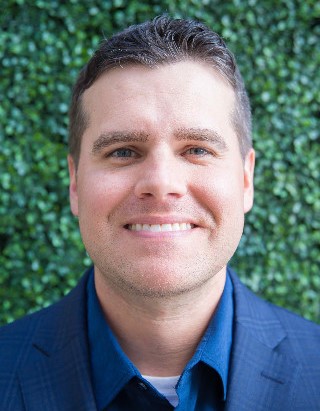We are all aware of the pandemic’s impact on our lives—social distancing, protective masks, and so on—but are you as aware of the impact on the supply chain? With slower global production and increasing costs causing disruptions for companies up and down the supply chain, making sure your contractors and suppliers are safe is now of paramount importance.
Preparing for Supply Chain Disruption
While most companies make sure their tier-one suppliers are properly vetted, would your company be ready if a second-tier supplier couldn’t deliver during the pandemic? Do you have the ability to know if a third-tier supplier is at risk because of the virus or other safety issues? Those questions are hard to answer if you are still trying to track all of your contractors and suppliers on spreadsheets or paper.
Considering 2.8 million nonfatal workplace injuries and illnesses occurred in 2019 and that nearly 1 million caused workers to miss at least 1 day of work, safety has to be foremost in the minds of environment, health, and safety (EHS) professionals.
Avetta, a supply chain risk management (SCRM) software provider, gathered hundreds of thousands of safety and supplier performance reports. Researchers looked at 20+ industries over 10 years and found companies using online platforms reduced safety incidents and lost workdays by as much as 52% compared with industry averages.
The key measurements for U.S. companies are the Total Recordable Incidents Rate (TRIR); Days Away, Restricted or Transferred (DART); and Lost Workday Case Rate (LWCR). After the measurements, Avetta determined U.S. companies reduced their TRIR, DART, and LWCR by about 20% in each category by employing prequalification requirements for all of their contractors. Companies can achieve even greater reductions if they include auditing in their processes, with companies reducing their TRIR, DART, and LWCR by 46%, 46%, and 52%, respectively.
Top Five Checklist
A growing number of EHS executives are wisely using SCRM software to ensure their suppliers are safe and reliable. Effective SCRM software should have these five key abilities:
- Prequalifications. Executives need the ability to set minimum standards and then choose the safest and most qualified suppliers based on prequalification requirements.
- Training. The software or online platform should have the ability to make sure all employees and contractors are trained and prepared.
- Standards. Companies need to set their own specific standards for contractors while on the job. This feature gives the ability to identify risks and require defined working conditions for all suppliers.
- Number crunching. EHS executives will no longer rely on random anecdotes for their safety programs. They should be able track all safety data over time to determine whether changes are needed.
- Updateability. The program should be capable of allowing updates so adjustments can be made in case of a pandemic or any other major disruption. Think about what it costs in time and accuracy to use homegrown, paper-intensive records about your supplier’s compliance with safety requirements.
Beyond Safety
Safety is the most important reason to have SCRM software, but it is also important to your company’s bottom line.
Think of it this way: Say your company is producing a product with an already significant waiting list for its release. Imagine having a serious safety incident in one of your supplier’s factories, delaying the release of the product. Potential customers were counting the minutes for the product release, only to learn of the delay—making them more than disappointed.
The delay could cost your company millions of dollars, hurting its reputation and throwing a wrench into marketing and distribution plans.
Whether your company is big or small, a strong SCRM software platform helps executives identify suppliers at risk and find alternative sources to keep production going. This technology helps ensure your business is both safe and sound.
 Danny Shields, CSP, is vice president of industry relations at Avetta and a quality, health, safety, sustainability, and environmental (QHSSE) professional who partners with executives to limit their organization’s enterprise risk. He has led teams to achieve year-over-year QHSSE performance records in high-risk environments, saving companies in direct and indirect costs. His industry experience includes oil and gas, mining, manufacturing, and construction. You can connect with Danny on LinkedIn, or follow Avetta on LinkedIn, Twitter, or Facebook. Danny Shields, CSP, is vice president of industry relations at Avetta and a quality, health, safety, sustainability, and environmental (QHSSE) professional who partners with executives to limit their organization’s enterprise risk. He has led teams to achieve year-over-year QHSSE performance records in high-risk environments, saving companies in direct and indirect costs. His industry experience includes oil and gas, mining, manufacturing, and construction. You can connect with Danny on LinkedIn, or follow Avetta on LinkedIn, Twitter, or Facebook. |

